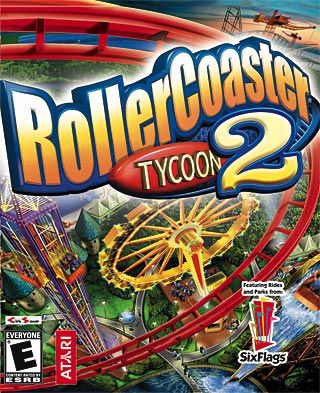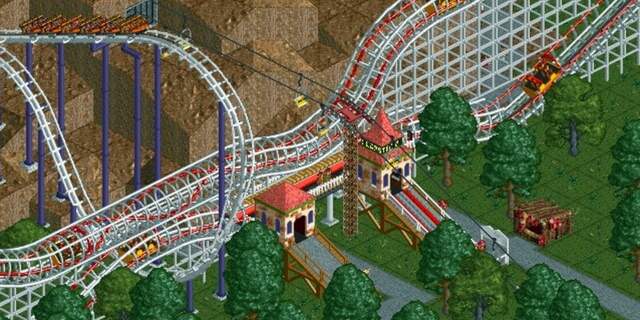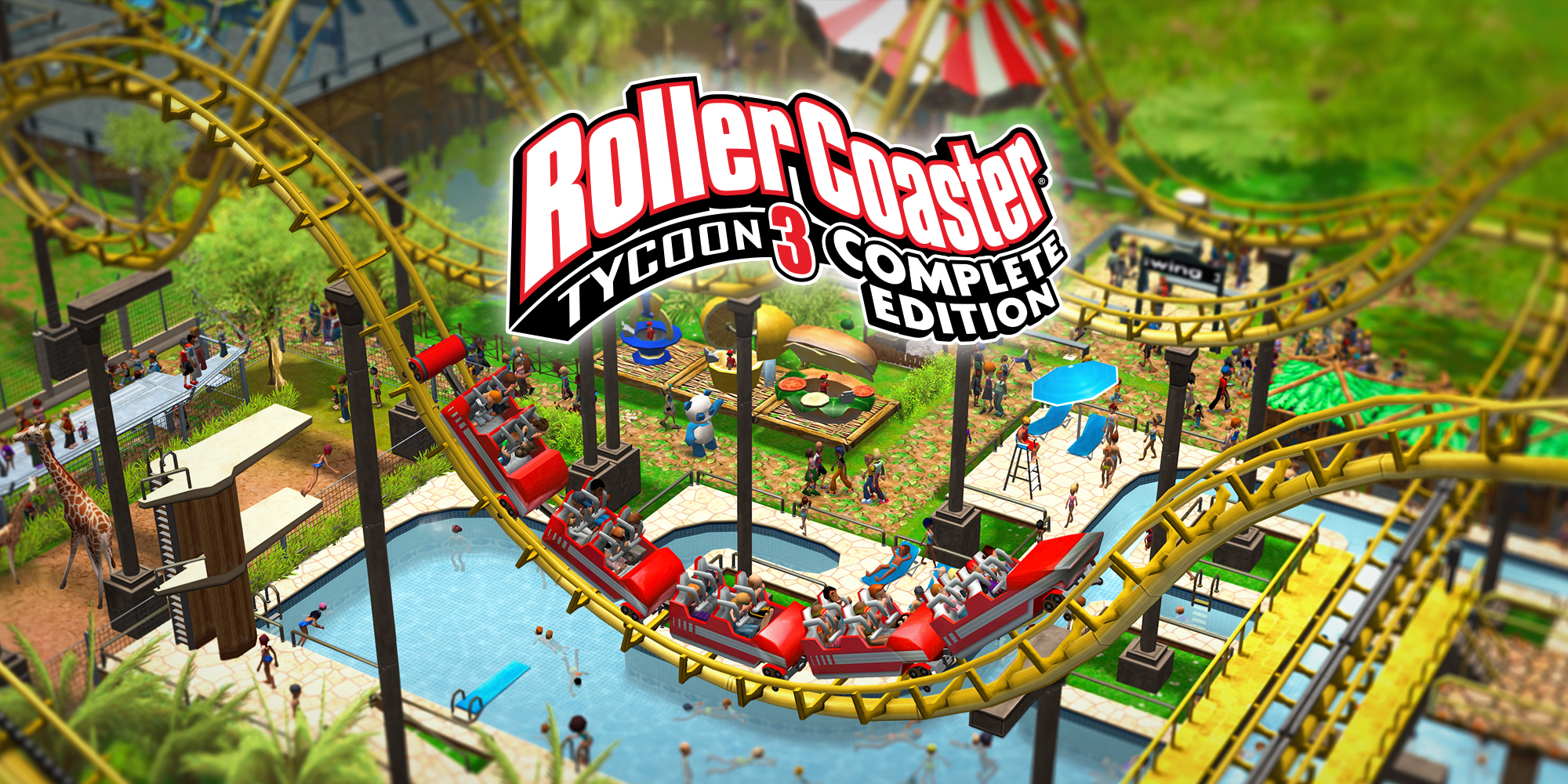

So don’t get stuck in the mindset that if you start a company, customers or users will naturally come.

Key Takeaway: You need to spend money to make money. Results aren’t going to be instantaneous. The key is to make sure you start these campaigns early enough.
Sending out vouchers for free rides or concession stand items. An advertising campaign for the park or ride. But when you want an extra push to reach your 1,000 Guests by Year 2 goal, you’ll need a marketing strategy to incentivize guests even more. Marketing brings paying customers.īuilding new rides and maintaining a high park rating will attract more and more guests to your park. It’s not only cheaper, but also saves valuable time in the long run-allowing you to focus on what really matters. Obviously we can’t read minds, so you’ll have to get out there and ask people what they think and want. Key Takeaway: You don’t have to make decisions based off of blind assumptions. This ride seems really popular, am I charging enough for it?. Why is no one in line for this ride, is it too expensive or intense?. It can help answer several questions you’d ask yourself during the game like: 
The game gives you a look into what your park guests are thinking, which proves to be extremely valuable data.

User research/interviews show you what to build and when. Key takeaway: For a business or product to thrive, you need define what success looks like, push the envelope, and then in the next quarter push yourself even harder.
To have a monthly income from ride tickets sales of $8,000 per month. Achieve a park value of at least $20,000 at the end of October, Year 3. Have at least 250 guests in your park at the end of October, Year 1. This ultimately helps you focus your attention and requires different strategies. When starting a level players are given a couple business objectives to reach within a limited time frame. And after playing a couple park scenarios, I began to reflect on just how many useful lessons this game taught me… Setting goals help you focus. Let me tell you, the game is even better than I remembered. Sam Sawyer developed this game back in 1999, and it wasn’t until recently that I discovered they released RollerCoaster Tycoon Classic for phones and tablets. I didn’t realize it at the time, but it turns out my favorite computer game growing up was teaching me all about business, product development, and user experience. A Crash Course into Business, Product, & Design by Playing Rollercoaster Tycoon








 0 kommentar(er)
0 kommentar(er)
